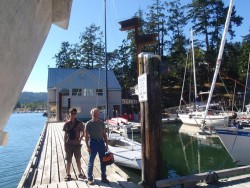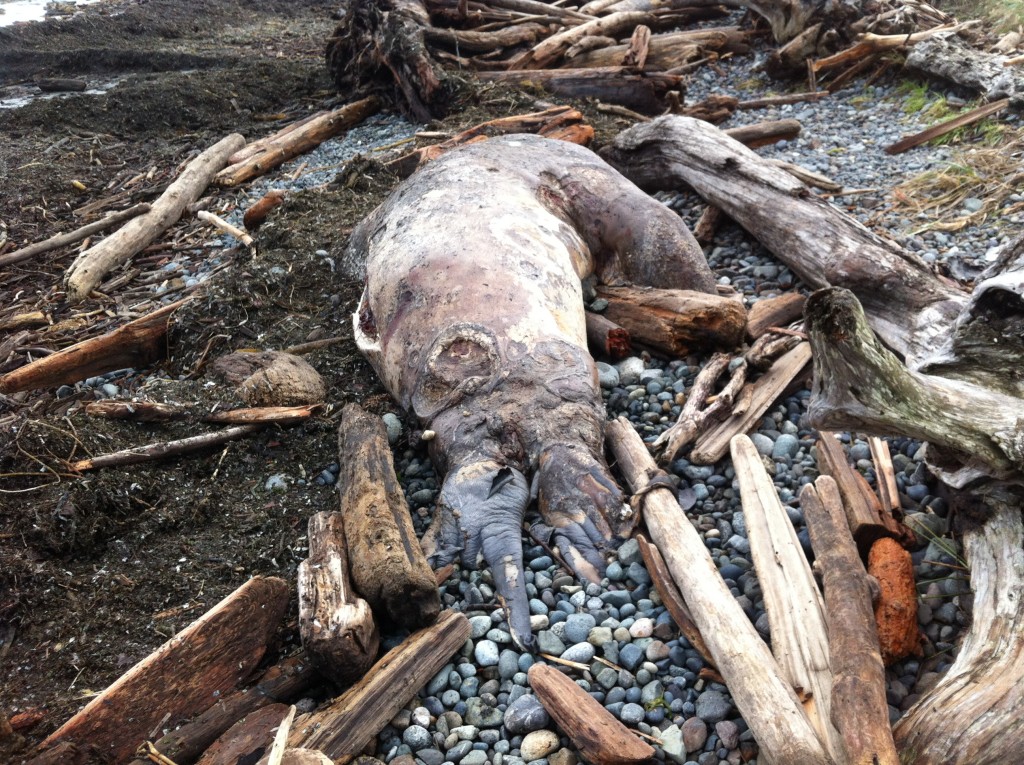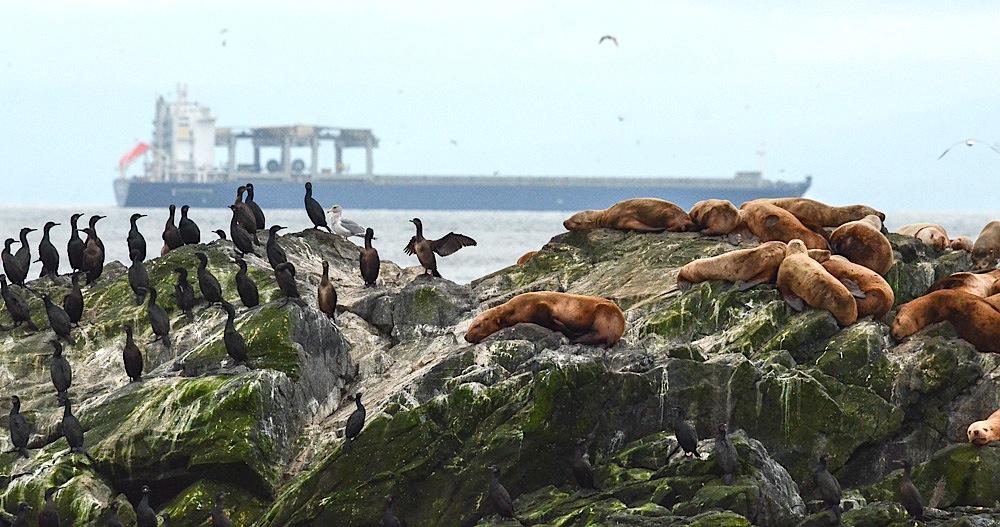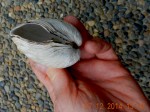It would be nice if we all were careful, cleaned up after ourselves and were considerate of others and the environment. Unfortunately the annual spring and early summer problem of Fires on Metchosin beaches provides much evidence to the contrary. Those of us who frequent the area have observed a deterioration in the situation in the last few years on Taylor and Weir’s beach. This spring with the stair access to Wittty’s lagoon cut off and the announcement on local media that beach fires are not allowed in other municipalities but it was still okay to have them in Metchosin, the problem has reached a tipping point.
Ed Note: Metchosin Council finally banned all beach fires in a meeting in mid-June this year.
1. THE PROBLEM OF THE BURNING OF PALETTES:
-

-
partially used palettes–(nails and toxic wood)
-

-
Palettes partially burnt in a beach fire
The above was just part of last weeks legacy on Taylor Beach:
A quick review of the internet points out that :
Many Pre-2005 pallets have been treated with Methyl Bromide prior to exporting (part of phytosanitary regulations before import/export shipping to reduce risk of importing wood diseases and pests from country to country). The Methyl Bromide treated pallets should be disposed of as hazardous waste since it is dangerous to both people and the environment. Newer pallets are heat treated, but don’t rule out mildicides ( for fungal inhibition) applied to some pallets.
2. THE BURNING BEACH DRIFTWOOD PROBLEM:
It saddens us to see people chopping or sawing up large logs or dragging them whole onto fires . These logs, some well over 50 years old provide habitat for beach creatures and being moveable, can absorb wave energy and help to stabilize the backshore from increasing erosion.
-

-
We value old large logs on the beach as they provide wildlife habitat and a good buffer for storms.
-

-
Salt-soaked wood will release toxic chemicals when burned
-

-
The mess of partially burned wood is unsightly on an otherwise pristine beach.
Why do people continue to burn driftwood when there is clear evidence that it can produce toxic substances?
This from the EPA in the US:
- Never burn household garbage or cardboard. Plastics, foam and the colored ink on magazines, boxes, and wrappers produce harmful chemicals when burned.
- Never burn coated, painted, or pressure-treated wood because it releases toxic chemicals when burned.
- Never burn ocean driftwood, plywood, particle board, or any wood with glue on or in it. They all release toxic chemicals when burned.
- Never burn wet, rotted, diseased, or moldy wood.
From:http://www.bcairquality.ca/topics/stove-burning-practices.html
” The driftwood found on B.C. beaches may seem like an economically attractive heat source. Driftwood, however, is laden with salt, and burning it releases sodium and chlorine ions. The potential exists for these chlorine ions to form chlorinated compounds such as dioxins and furans, which are suspected human carcinogens. They may also corrode your stove and venting system.”
3. THE “I’VE GOT TO HAVE MY OWN PIECE OF THE BEACH” PROBLEM:
Why is it not okay to use someone’s old firepit instead of building a new one a few feet away, creating another mess?
Last week I counted 40 old and recent firepits from this season along a stretch of no more than 200 metres of Taylor Beach.
4. THE PROBLEM WITH THE MESS PEOPLE LEAVE:
Probably before the end of summer I will get a picture of the melted broken bottles and aluminum beer cans left in fire-pits, but for now this will have to do. The hazard this poses for children and animals is unacceptable. Winter storms will distribute any material left like in mounds and pits over the beach, posing an unsuspecting hazard.
-
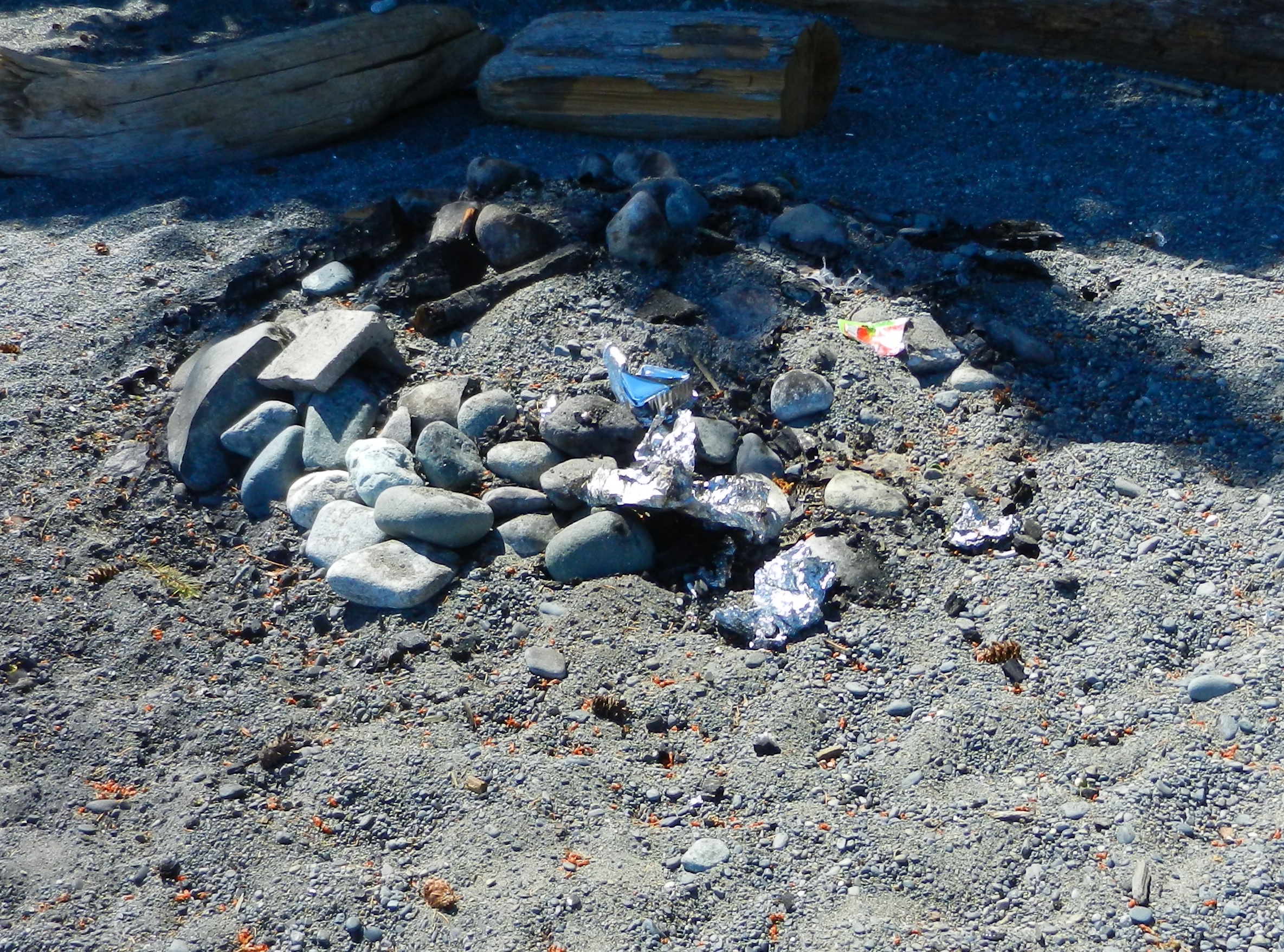
-
garbage left in the firepit.
-
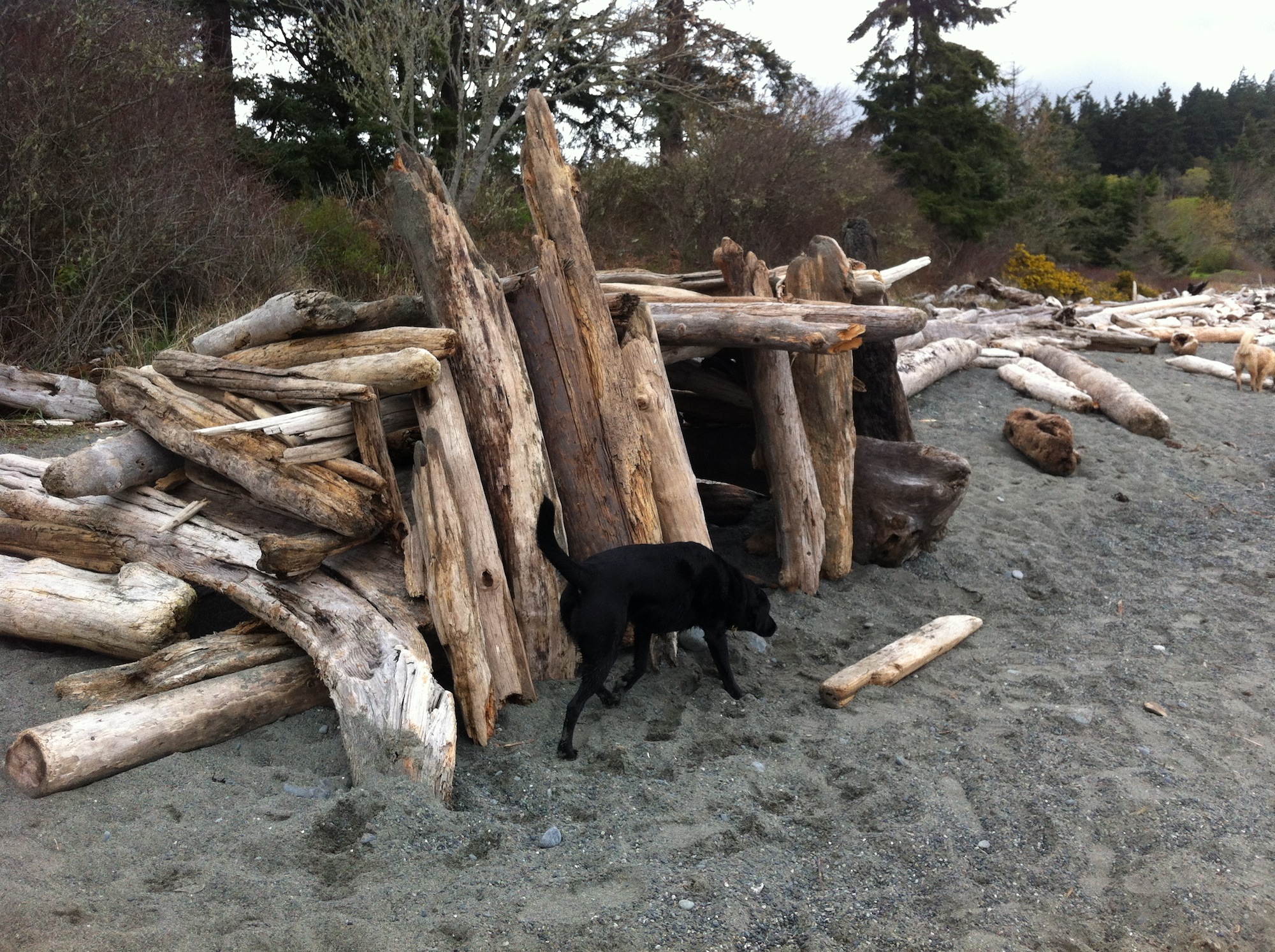
-
Unstable structures which could injure climbing children or dogs.
-

-
Unstable structures possibly built as a wind shelter?
5. THE HABITAT DESTRUCTION PROBLEM:
 In the photo below, the darkened sand area, a diameter of around 4 metres or 12 feet , is where there will be complete sterilization of the sand and death of any organisms living within it. Sand is not an inert environment to begin with. It can have a complex ecosystem of bacteria and invertebrates which contribute to decomposition and nutrient cycling , as well as a habitat for forage fish.
In the photo below, the darkened sand area, a diameter of around 4 metres or 12 feet , is where there will be complete sterilization of the sand and death of any organisms living within it. Sand is not an inert environment to begin with. It can have a complex ecosystem of bacteria and invertebrates which contribute to decomposition and nutrient cycling , as well as a habitat for forage fish.

Darkened sand shows area of influence of a beach fire.
6. THE EXTREMELY DRY WEATHER AND WILDFIRE RISK PROBLEM:
Perhaps this is the biggest problem that threatens to have a huge impact on life in Metchosin. The continuity of dry brush and forest from the beaches to backyards is a real threat for wildfires. Fanned by winds, fires that escape or were not completely extinguished and left unattended could cause untold damage to residents and property in the district.
****RECOMMENDATIONS:
So one shouldn’t complain unless they are prepared to do something about it. Here are my recommendations:
1. Have fires in designated locations only . Why not install a set of metal container pits for the duration of the fire season, and all wood must be brought to the beach by the fire-maker.. ie no in-situ burning of driftwood (see reasons above)
2. The allowed season for fires must be regulated by conditions not by a standard date like the start of a certain month.
3. Absolutely no burning of old habitat logs.
4. Absolutely no leaving of trash including bottles or cans in fires..( Pack it in pack it out. )
5. All fires to be extinguished by water. ( Everyone needs a bucket with them.)
6. Make very clear signage at the end of Taylor road… and if necessary for a few weekends have volunteers sit there and hand out information pamphlets on sustainability of the values of the beach.
8.. As a taxpayer I keep this in the back of my mind: from the BC Forest Service website :
- Q: Are people entitled to build fires on the beach?
A: Yes, people have the right to build fires on the beach as long as they are in compliance with either their local government bylaws or the Wildfire Act & Regulations. If Campfires are restricted in this area, then a beach campfire fire is also prohibited.
- Q: What are the rules that apply to having a campfire (a half a meter by a half a meter used for recreational or first nation’s ceremonial purposes)?
A: A person may light, fuel or use a Campfire when:
the person is not prohibited from doing so under another enactment;
to do so is safe and is likely to continue to be safe;
the person establishes a fuel break around the burn area; while the fire is burning, the person ensures that
the fuel break is maintained, and
the fire is watched and patrolled by a person to prevent the escape of fire and the person is equipped with at least o one fire fighting hand tool, or o 8 litres of water in one or more containers;
before leaving the area, the person ensures that the fire is extinguished.
- Q: What are some safety guidelines when conducting a beach fire?
A: Ensure that you comply with regulations and/or bylaws in your area regarding fire size and safety measures. Always check whether there are any bans or restrictions in effect, and pay close attention to wind conditions before lighting a fire. Keep fires at a reasonable distance from flammable materials and never leave them unattended. As hot coals can easily reignite: use water to extinguish the fire and ensure that it is cold to the touch before leaving it unattended.Q: If a fire is started illegally, who is liable for the suppression costs it if it escapes?
A: If the fire is started within an organized area, costs are assumed by the fire department (local government) and area tax payers. If it is started outside of a fire department’s jurisdiction (crown land), the BC Forest Service responds and assumes costs. If the person who started the fire is caught and found to be in non-compliance with regulations, there are penalties that can be enforced, such as restorative justice, ticketing (fines), cost recovery, or criminal prosecution in serious cases.“Local governments have the power to set bylaws to control (back)yard burning, campfires and beach fires within their boundaries. A growing number of municipalities have passed their own bylaws that ban backyard burning and other kinds of burning. For more information on municipal burning bylaws, see Inventory of Air Quality Bylaws in British Columbia for Anti-Idling, Open Burning and Wood-Burning Appliances (PDF: 1017 KB/197 pages), and Review of Open Burning Bylaws on Vancouver Island (PDF: 150 KB/25 pages).”
Some other references :
BC Govt Regulations:
District of Metchosin Burning Regulations:
Metchosin FIre Department Burning regulations:
Colwood Burning Regulations:
Central Saanich Burning Regulations:
Saanich Beach Fire regulations:
Comox Valley Regional District:
Newport Beach Fire Problems













